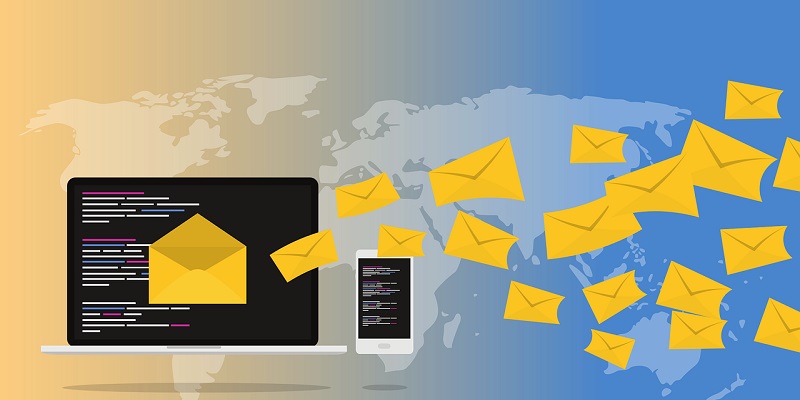In today’s highly competitive business landscape, small businesses often struggle to find cost-effective marketing strategies to reach new clients and build relationships. This is where cold emailing comes into play. Cold emailing refers to reaching out to people or businesses that you don’t already have a relationship with to sell your products or services. For small businesses with limited marketing budgets, cold emailing can be an inexpensive way to build relationships with prospective clients and generate new leads.
Challenges of Cold Emailing
One of the biggest challenges of cold emailing is researching prospects. Before sending an email, it is essential to gather information about the recipient, their company, and their specific needs. This research allows you to personalize your message and offer tailored solutions. Another significant challenge is identifying the right person to email. In larger organizations, decision-makers may be buried under layers of hierarchy, making it difficult to reach the person who can actually make a purchasing decision. It requires skill and perseverance to navigate through organizational structures and find the most relevant contact.
Strategies for Effective Cold Emailing
To make a connection via a cold email, it’s crucial to personalize your message and offer value. Generic, mass-sent emails are likely to be ignored or marked as spam. Take the time to understand the recipient’s needs and tailor your message accordingly. Offer a solution that addresses their pain points and demonstrates the value you can provide.
Another effective strategy is to bring an issue to their attention by identifying areas for improvement and explaining how your product or service can help. By highlighting potential problems and offering solutions, you position yourself as a valuable resource they can’t afford to ignore. Additionally, following up with multiple emails is essential. Cold emailing is a “numbers game.” While it has helped many businesses secure new clients, there have also been plenty of rejections. Therefore, it’s important not to give up after the initial email. Research has shown that about eight out of 10 responses to cold emails come after a second or third email follow-up. Persistence pays off in the world of cold emailing.
Success Rates and Payoffs
As mentioned earlier, cold emailing is a numbers game. Not every email will result in a positive response. However, when done correctly, it can yield impressive results. By consistently sending emails, personalizing messages, and contacting prospects that are a good fit for your business, you are likely to see a payoff. It’s important to remain persistent and not get discouraged by initial rejections. Keep refining your approach, targeting the right audience, and analyzing the responses to improve your success rate. Every “no” brings you closer to a “yes.”
Benefits of Cold Emailing
Cold emailing offers several benefits for small businesses beyond generating new leads and clients. By researching and carefully selecting whom to email, you can make an educated, thoughtful decision on whom you want to work with. This allows you to focus your efforts on prospects that align with your business goals and values.
Additionally, cold emailing provides an opportunity for a personalized approach when pitching yourself. Unlike traditional marketing methods, you have the chance to craft customized messages that speak directly to the recipient’s needs. By showcasing your understanding of their pain points and offering tailored solutions, you set yourself apart from competitors. Furthermore, with the right research and timing, you have the advantage of reaching the right person with the right message at the right time. This increases the likelihood of receiving a positive response and the potential for building a lasting business relationship.
Cold emailing can be a powerful tool for small businesses looking to grow their client base and increase their revenue. While it comes with its challenges, such as researching prospects and finding the right person to contact, the benefits and potential payoffs are substantial. By personalizing messages, offering value, and following up consistently, businesses can improve their success rates and build meaningful relationships with prospective clients. Incorporating cold emailing into your marketing strategy allows you to target specific prospects, make personalized pitches, and ultimately increase your chances of converting leads into loyal customers. So, don’t shy away from cold emailing. Embrace it as a cost-effective method to connect with new prospects and take your small business to new heights.

